“Critically endangered Saiga Antelope Vital for Preservation of World’s Largest Grasslands.” Large Herbivore Network > News. Retrieved September 25, 2015.
- Available @ http://www.lhnet.org/critically-endangered-saiga-antelope-vital-for-preservation-of-world-s-largest-grasslands/
Ghose, Tia. 2 September 2015. “Photos: A Mass Die-off of the Endangered Saiga Antelope.” Live Science > Animals. Retrieved September 25, 2015.
- Available @ http://www.livescience.com/52053-photos-saiga-die-off.html
Gray, J.E. (John Edward). 1867. "Recent Additions to the Society's Menagerie." Proceedings of the Scientific Meetings of the Zoological Society of London (February 28, 1867): 240.
- Available via Biodiversity Heritage Library at: http://biodiversitylibrary.org/page/29533680
- Plate of Saiga tatarica by Joseph Wolf available at: http://biodiversitylibrary.org/page/29534573
Gray, Richard. 4 September 2015. “Mystery of What Killed 200,000 Antelope in One Month Solved? Normally Harmless Bacteria Appear to Have Turned on the Endangered Animals.” Daily Mail > Science. Retrieved September 25, 2015.
- Available @ http://www.dailymail.co.uk/sciencetech/article-3222177/Mystery-killed-60-000-antelope-four-DAYS-solved-Normally-harmless-bacteria-appear-turned-endangered-animals.html
Grzimek, Bernhard. 2003. Grzimek’s Animal Life Encyclopedia. Mammals I-V Edited by Melissa C. McDade. 17-Volume Second Edition under the Supervision of Michael Hutchins. Detroit, MI, U.S.A.: Gale.
Huffman, Brent. “Saiga tatarica: Saiga antelope.” Ultimate Ungulate > Artiodactyla. Retrieved September 25, 2015.
- Available @ http://www.ultimateungulate.com/Artiodactyla/Saiga_tatarica.html
Mallon, D.P. 2008. Saiga tatarica. The IUCN Red List of Threatened Species 2008: e.T19832A9021682. Retrieved September 25, 2015. http://dx.doi.org/10.2305/IUCN.UK.2008.RLTS.T19832A9021682.en .
- Available @ http://www.iucnredlist.org/details/19832/0
Nicholls, Henry. 12 June 2015. "134,000 Saiga Antelope Dead in Two Weeks. What is the Probable Cause?" The Guardian > Science > Animal Magic. Retrieved September 25, 2015.
- Available @ http://www.theguardian.com/science/animal-magic/2015/jun/12/134000-saiga-antelope-dead-in-two-weeks-what-is-the-probable-cause
Nowak, Ronald M. 1999. Walker’s Mammals of the World. Volume II. Sixth Edition. Baltimore, MD, U.S.A.; and London, England, U.K.: The Johns Hopkins University Press.
"131. Saiga/Mongolia Saiga (Saiga tatarica).” Edge: Evolutionarily Distinct & Globally Endangered > Species > Mammals. Retrieved September 25, 2015.
- Available @ http://www.edgeofexistence.org/mammals/species_info.php?id=62
Pascoe, Lauren. “Saiga tatarica: saiga.” Animal Diversity Web (on-line). Retrieved September 25, 2015.
- Available @ http://animaldiversity.org/accounts/saiga_tatarica/
“Saiga.” BBC > Nature Wildlife > Animals > Mammals. Retrieved September 25, 2015.
- Available @ http://www.bbc.co.uk/nature/life/Saiga_Antelope
“Saiga Antelope.” Blue Planet Biomes. Retrieved September 25, 2015.
- Available @ http://www.blueplanetbiomes.org/saiga.htm
“Saiga Antelope.” U.S. Fish & Wildlife Service > CITES > Species Information > Animals. Retrieved September 25, 2015.
- Available @ http://www.fws.gov/international/animals/saiga-antelope.html
“Saiga Antelope.” World Wide Fund for Nature > What We Do > Priority Species > Antelope. Retrieved September 25, 2015.
- Available @ http://wwf.panda.org/what_we_do/endangered_species/saiga_antelope/
“Saiga Antelope -- Saiga Conservation Alliance.” Wildlife Conservation Network > Wildlife Programs. Retrieved September 25, 2015.
- Available @ http://wildnet.org/wildlife-programs/saiga-antelope
“Saiga antelope (Saiga tatarica).” Arkive > Species > Mammals. Retrieved September 25, 2015.
- Available @ http://www.arkive.org/saiga-antelope/saiga-tatarica/
“Saiga Antelope – Saiga tatarica.” Large Herbivore Network > Species > Large Herbivore Database > Antelopes, Gazelles (Artiodactyla Bovidae Antilopinae). Retrieved September 25, 2015.
- Available @ http://www.lhnet.org/saiga-antelope/
"Saigas." Saiga Conservation Alliance. Retrieved September 25, 2015.
- Available @ http://www.saiga-conservation.com/saigas.html
Sclater, Philip Lutley, and Oldfield Thomas. 1897-1898. The Book of Antelopes. In four volumes (1894 - 1900). Vol. III. London: R.H. Porter.
- Available via Biodiversity Heritage Library at: http://biodiversitylibrary.org/page/42167622
Worland, Justin. 31 May 2015. “Half of an Endangered Antelope Population Has Died within Weeks.” Time Inc. Network: Science > Animals. Retrieved September 25, 2015.
- Available @ http://time.com/3902643/saiga-antelope-dying-science/


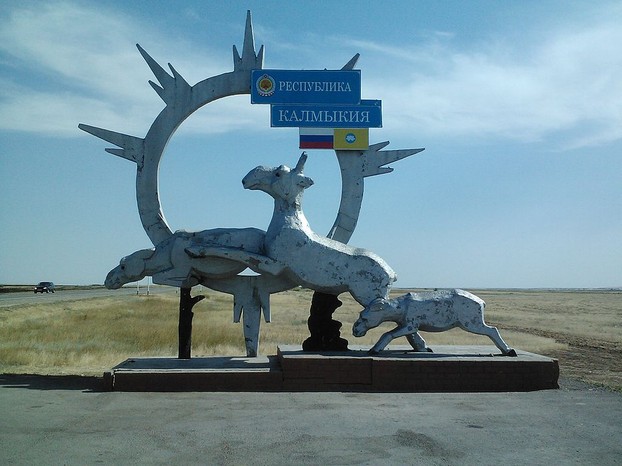
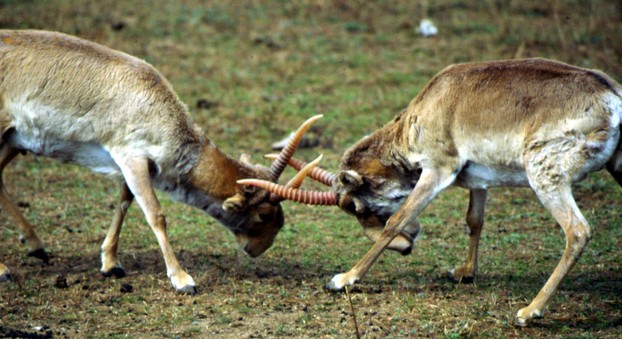
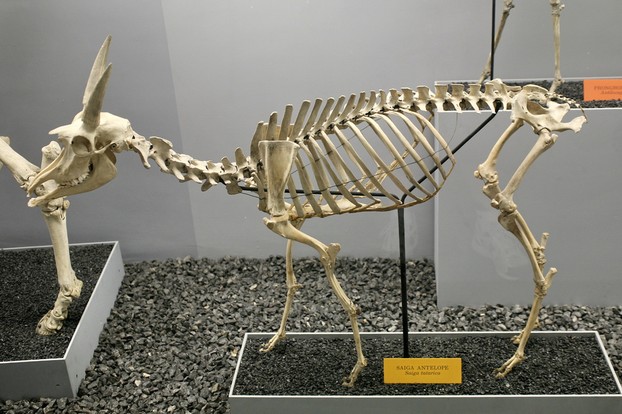
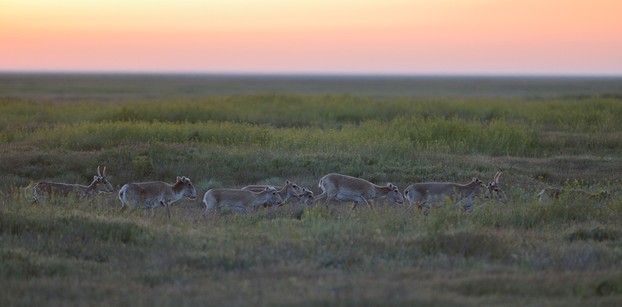
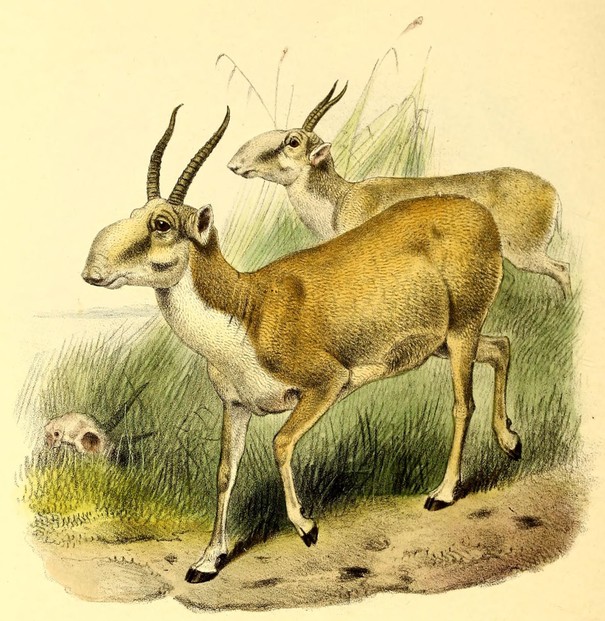
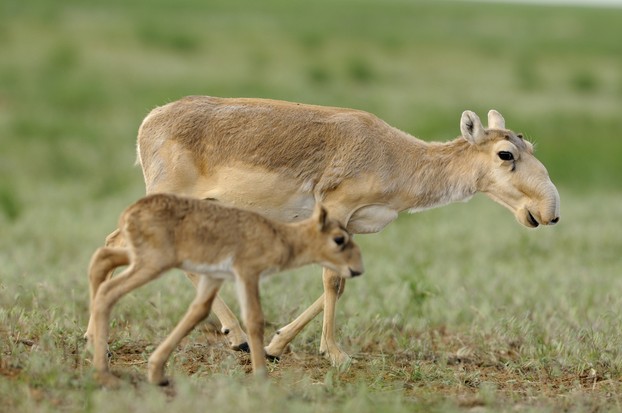




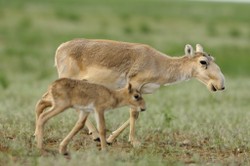

 Are Hawaiian Huakai Po Nightmarchers Avenging Halloween Thursday?on 10/02/2024
Are Hawaiian Huakai Po Nightmarchers Avenging Halloween Thursday?on 10/02/2024
 Mailing Addresses for 2023 Form 4868 Extending 1040 and 1040SR April 15, 2024, Due Dateon 04/15/2024
Mailing Addresses for 2023 Form 4868 Extending 1040 and 1040SR April 15, 2024, Due Dateon 04/15/2024
 Mailing Addresses for 2023 Forms 1040 and 1040SR Filed in 2024on 04/15/2024
Mailing Addresses for 2023 Forms 1040 and 1040SR Filed in 2024on 04/15/2024
 Mailing Addresses for 2022 Form 4868 Extending 1040 and 1040SR April 18, 2023, Due Dateon 04/13/2023
Mailing Addresses for 2022 Form 4868 Extending 1040 and 1040SR April 18, 2023, Due Dateon 04/13/2023

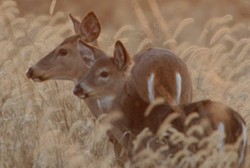
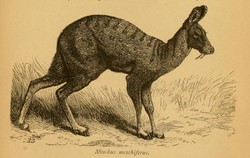
Comments
Thank you for stopping by and appreciating saiga antelopes, WriterArtist!
They and their natural habitats are so photogenic. In particular, the last image of the saiga newborn charms me.
There was a Unitedstatesian survey of whether people thought human babies or animal sentient babies were more adorable. By quite a majority, it was determined that animal sentients give the most agreeable, attractive newborns!
There is a need to conserve many species endangered by human invasion. More forest reserves might be required for Saiga antelopes. They look a bit different from the deer with their elongated face. All said and done, they are beautiful and look amazing in their natural habitats.